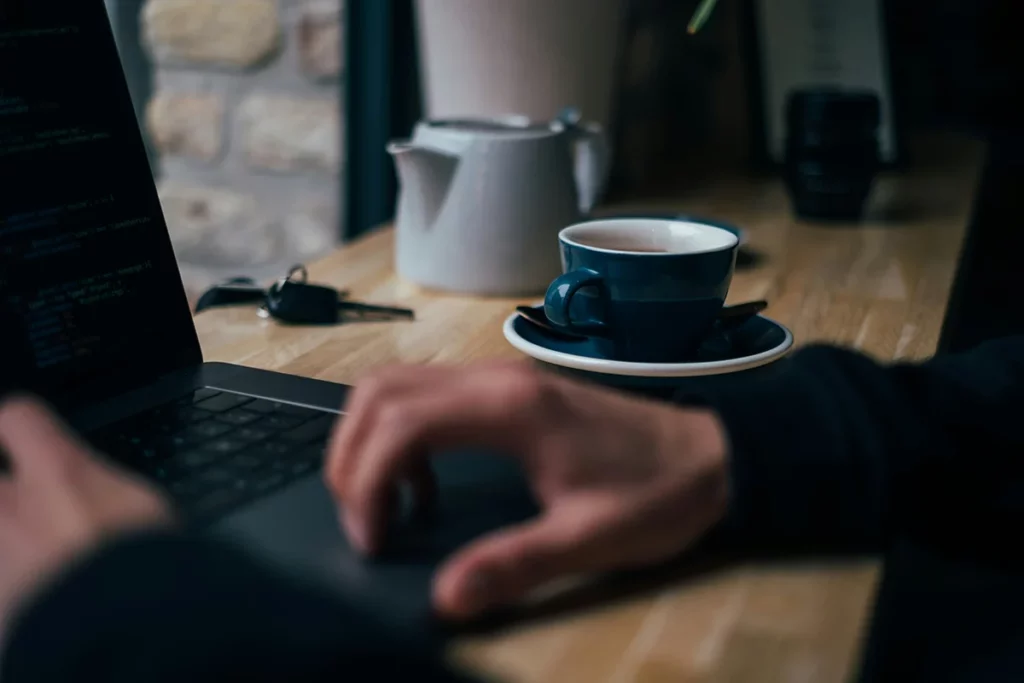Does Multitasking Really Work?

Multitasking. A word that follows whenever something happens quickly, intensively and with an expectation of results – from a hectic working day to juggling with household chores. What does multitasking actually mean? Does this “juggling” approach really make sense at work and in life? Let’s have a look.
What is multitasking?
Simply put, multitasking means trying to manage multiple tasks at once. At work, it can be answering e-mails, solving tasks and attending meeting – all at the same time. But human multitasking doesn’t work the way we might think. Unlike a computer which can handle pre-emptive multitasking (i.e. switching between processes so quickly that it feels simultaneous). Our brain can really handle one thing at a time. What happens when we try to do multiple things at once? We switch. And switching takes time and energy.
Multitasking as a requirement: Is it really needed?
The ability to multitask often appears as a job requirement in ads. Companies are looking for the employees who can perform “more tasks at once” and many candidates see this as an opportunity to demonstrate their “super skills”. Moreover, multitasking is seen as an attractive skill – people boast about it in their CVs or during interviews because it’s dynamic and modern. However, reality is different. Research shows that multitasking actually reduces productivity, increases error rates and overload the brain. Maybe it’s time to rethink whether it’s a superpower or the way towards exhaustion. 🚀
Multitasking at work: The myth of productivity
When we multitask at work, it can look great at first sight – taking calls, writing reports and answering e-mails. But there’s a problem beneath the surface: the brain isn’t built to switch quickly between the activities. Each switching requires a mental “start-up”- so called cognitive switching penalty. The more often we switch, the more time we waste and less quality result we get.
According to Stanford University research, people who multitask frequently, perform worse than those who work on one task at a time. What’s more, multitasking can increase stress and error rates. Does it sound familiar? 🧐
Multitasking in HR: Automation as the way to efficiency
HR department is often overloaded with administrative tasks – from recruitment, evidence of attendance to benefits administration. This mix of duties generally forces HR professionals to multitask. It increases stress, error rates and reduces the quality of work. The solution is automation of HR processes that eliminates manual routines and allows you to focus on strategic goals and employee care.
Modern tools, such as Sloneek, help digitise the evidence of attendance, automatically generate contracts or schedule meetings. It ensures smoother running of processes and minimises the workload. In general, automation brings accuracy, reduces errors and allows HR teams to deal with the activities that actually move the business forward.
Multitasking vs. monotasking: Battle of efficiency
🧑💻 Monotasking is a clear-cut winner:
- Higher quality of work – When you focus on one task, the results are more accurate.
- Faster task completion – Each task completed individually is faster than skipping between multiple tasks.
- Less stress – Focusing on one task minimizes the feeling of being overloaded.
If you’re wondering why we still find multitasking so appealing, the answer is simple: it makes us feel productive. But it’s just an illusion. You probably know the situation when you do a thousand things but at the end of the day, actually nothing gets done.
What to do instead of multitasking?
1. Focus on one task (Monotasking)
Try to divide the tasks and deal with them one by one. Need inspiration? You can find inspiration in the book The End of Procrastination that recommends To-Do today technique. Concentrate on one big task of the day and several smaller ones – and multitasking will melt away.
2. Batching: Combine the tasks
Instead of constantly switching between e-mails and other activities, set aside specific time for similar tasks. For example:
- 10:00 – 10:30: answering e-mails.
- 11:00 – 12:00: creating a presentation.
3. Pomodoro technique: Concentrate in blocks
The Pomodoro Technique originated in the 1980s when its author Francesco Cirillo was looking for the way to improve concentration while studying. It was named after the tomato-shaped kitchen timer (pomodoro- the Italian word for tomato). The principle is simple: you set the timer for 25 minutes and fully concentrate on the task. Then, take a 5-minute break. Repeat this cycle four times and take a longer break, usually 15-30 minutes. This technique helps to manage procrastination, divide work into manageable parts and maintain long-term focus. Taking regular break reduces mental fatigue which increases overall efficiency.
When is multitasking necessary?
Sometimes we can’t avoid multitasking. For example, it’s crucial in crisis situations or in professions where it’s necessary to react quickly to multiple stimuli. Emergency room nurses monitor the state of more patients while dealing with urgent needs. Dispatchers must coordinate traffic, deal with unplanned events and respond to changes in real time. In these cases, multitasking is necessary. However, proper organization and teamwork can reduce overwork.
How does multitasking influence brain?
- It increases cortisol level: Switching between the tasks causes stress and long-term exhaustion.
- It reduces efficiency of working memory: The brain has a limited capacity to retain information. When multitasking, we quickly overfill it.
- It decreases concentration and increases errors: Long-term multitasking makes concentration weaker.
Does multitasking really work?
Multitasking is like trying to juggle with eggs – it works until they all fall off. It only makes sense in limited cases when you need to react quickly to more things. Otherwise, it’s better to rely on methods that encourage concentration, such as monotasking, Pomodoro or batching.
If you want to achieve quality results at work and avoid stress at the same time, invest in better time management and say goodbye to an overloaded brain.
Now it’s your turn – how do you deal with multitasking? When do you find it useful?





